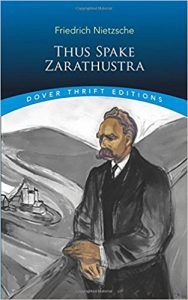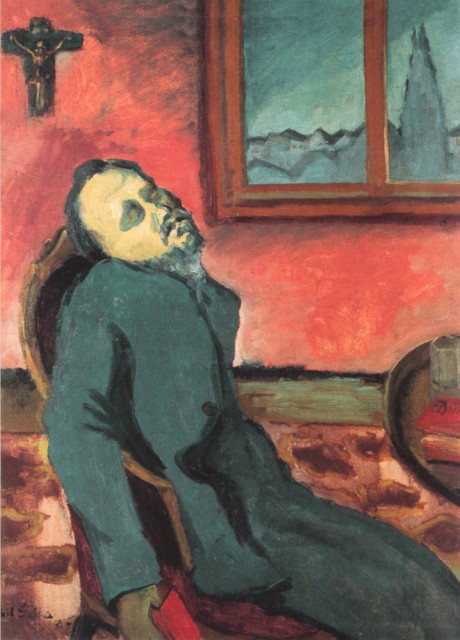Here is the example of Jim Morrison and his “Riders on the Storm”
Article:
http://blogs.kcrw.com/music/2013/11/martin-heideggers-influence-on-riders-on-the-storm/
Please keep your eyes and ears out for examples of Existential themes and philosophy present in your daily consumption of art and culture. Bring an example to class and attempt at digging through the history of where the potential inspiration came form.
Following are the instructions from Professor Earle for this class:
I’ll talk about Kierkegaard, Zarathustra and pop culture. Attached (Attunement) is a short section of Fear and Trembling to read.
Check out the prologue, “The Vision and the Riddle” and “The Convalescent” and whatever else strikes you! Also if you’re interested, here is a great podcast discussion of Nietzsche focused on TSZ: https://french-italian.
In case anyone wants a little more Nietzsche I’d recommend the gay science 125, 276, 337 (from The Gay Science).
Finally, here’s a article by Zadie Smith on Kierkegaard and Joni Mitchell: https://www.newyorker.com/
Questions to consider: What does it mean to become attuned or to convalesce? what does this have to do w music, rhythm? Kierkegaard called F&T a “dialectical lyric,” and Hegel likewise said that subjective life embodies the dialectics of cultural history by “accentuating” it in particular contexts, sustaining cultural norms by giving them individuating variation. Think about images of radical reversibility: ascending and descending, the strength of the absurd, “i hated her, then i loved her”

